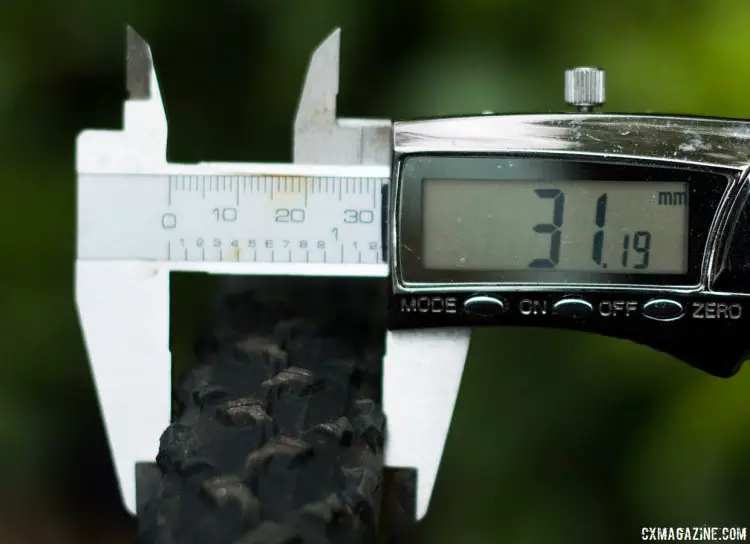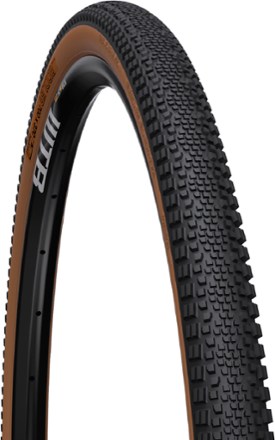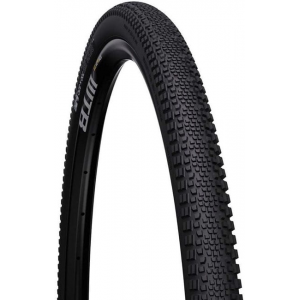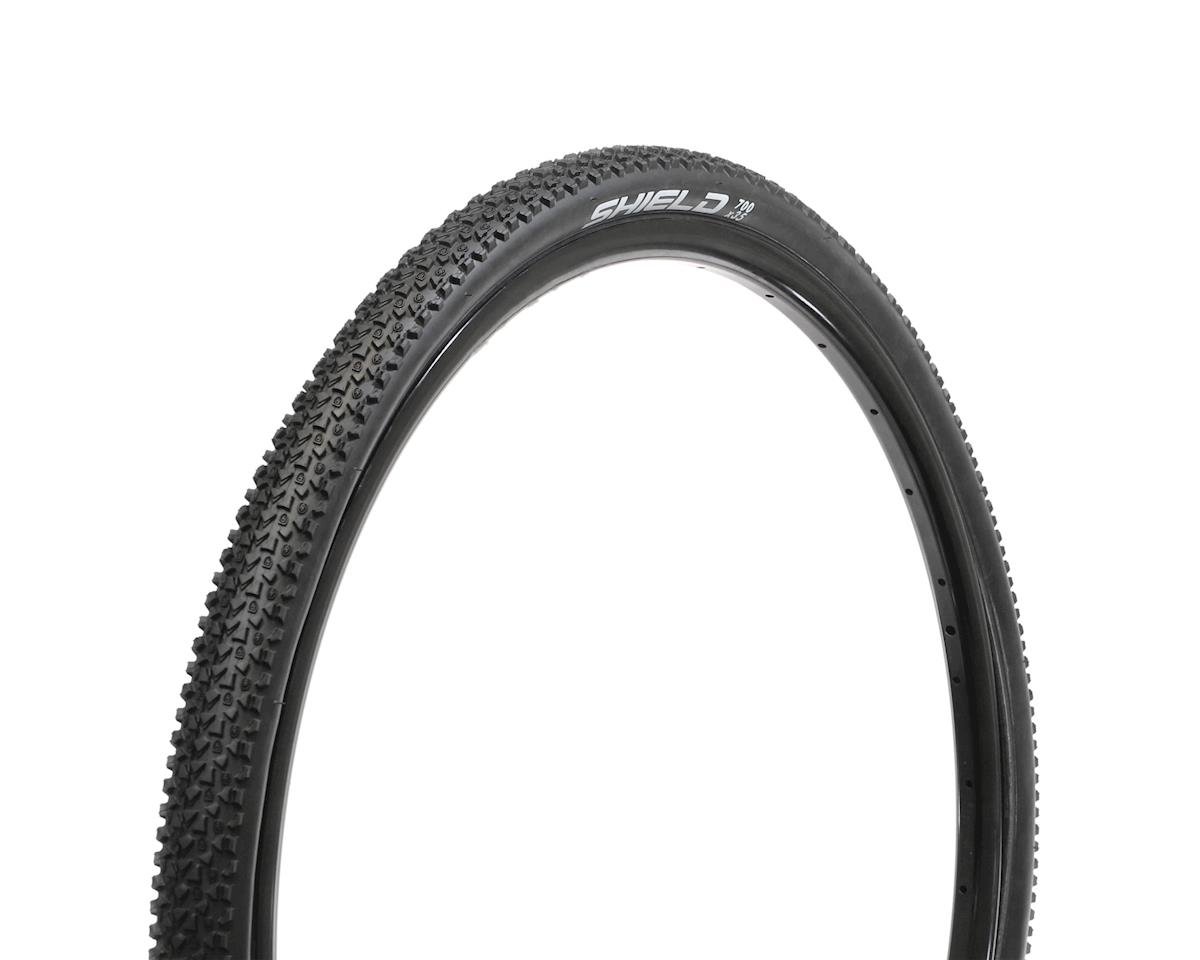It’s been a while since we did a Wednesday Wonderings question and answer, but Bill from Michigan, who is not a UCI racer, had a question about tire width:
What method and how rigidly is the 33c tire width rule enforced? All my tubeless tires are 33c and below, yet measure beyond [that], from 34-36mm. -Bill K
Great question Bill. Officials typically check tires by sliding a wooden block over the tire. If it fits, you’re good. The even shorter answer is: You needn’t worry. Since we’ve confirmed you’re not a UCI racer (or USA Cycling National Championship) racer, we can say the tire width rules don’t apply to you.
However, the tire width rule is still a sensitive subject around here, six years after the 33mm maximum tire width rules were announced in 2010, causing confusion among many racers like yourself. First, let’s rewind a bit, just in case you or some readers are not familiar with the history of tire width rules.
An Abbreviated Cyclocross Tire Width Rule Primer
He’s a short version of recent cyclocross tire width rule developments:
- The UCI had a maximum tire width rule of 35mm for a while. This applied to UCI-sanctioned cyclocross events only.
- In 2010, the UCI reduced this width to 33mm as the season approached, citing a goal of leveling the playing field and reducing expenses for junior racers so that they wouldn’t need so many tire options (and thus wheels) at races.
- Many pro racers were not happy with the rule because they needed to replace 34mm tires just before the season started, while tire manufacturers had to head back to the drawing board and redo molds to comply. The rule mostly impacted tubular companies, but yet clincher tire companies followed suit (a lot more on that below).
- USA Cycling adopted the 33mm maximum tire width rule starting with the 2010 Cyclocross National Championships in Bend, Oregon.
- U.S. racers were upset, and a petition, started by Paule Bates, was created in attempt to reverse the changes.
- In response to the criticism, USA Cycling gave Masters and singlespeed racers an exemption to the 33mm rule, but for the first time that we know of, enforced the 35mm tire width restrictions on Masters by measuring tires at the 2010 Nationals in Bend (tire widths were enforced for singlespeed as well, but that was a new title category).
- Cyclocross Magazine had some fun with the UCI Tire Width rules, publishing an update to the 33mm rule on April 1, 2014, catching unsuspecting readers off guard, causing some to enter “full rage mode throwing office furniture around.“
- USA Cycling at National Championships in recent years has been more relaxed on this rule, and has not measured or enforced the 35mm maximum width for Masters racers, allowing some racers to “run what your brung,” even if it had fat mountain bike tires.
For some odd reason, after the UCI’s 33mm rule announcement, every clincher tire company jumped to adopt such tire width restrictions. It was a knee-jerk reaction to a rule that should have only impacted UCI racers. Instead, clincher manufacturers, by doing away with most 35c and larger cyclocross clinchers, effectively imposed the rule on nearly every cyclocross tire consumer by severely limiting our tire width choices.
Narrowing the Scope of Tire Width Rules
Now that you’re caught up, you might see how the above rule history doesn’t apply to you, if you’re not a UCI or National Championship racer. You’re right! The rule only impacts UCI racers—a small percentage of cyclocross racers. That’s the great thing, as USA Cycling, OBRA, NABRA, NACS sanctioned cyclocross races and any other local cyclocross race we know of doesn’t have a maximum tire width rule, and we hope it stays that way. We think it’s great for the sport to allow curious racers with mountain bikes, hybrids or gravel bikes to give cyclocross a try without worrying about tire width rules. Have a 29er with plus-size tires? No problem, have at it. Tired of pinch flatting your narrow 32c clinchers? Grab a new 38c tubeless tire, or go big with a 42c tire, and enjoy more cushion for the pushin’ in a bumpy race and have a better chance of finishing without a flat tire.
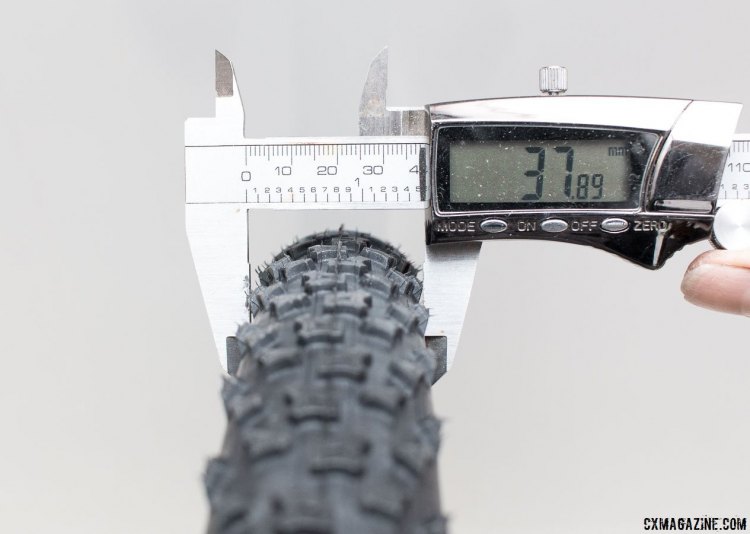
Ritchey Megabite 38c Cross Tire runs pretty true to size, at 30 psi on a 17.5mm internal width rim. © Cyclocross Magazine
Not that Bill asked for it, but my own personal opinion on all of the above is that the rule needs changes. The UCI tire width rule, if motivated to level the playing field between racers with generous equipment sponsorships and resources and racers without, backfires and if anything, widens the gap. Instead, the rule acts as a tax on the big, tall, heavy or budget-constrained racer. A 6’4″ racer riding a 33mm tire, no matter how skinny or light he is, does not enjoy the same tire suspension as does a skinny 5′ racer on the same width tire (thus the inspiration behind this April Fool’s joke). It’s hard for a bigger rider to get the same small bump compliance that a smaller rider enjoys on a given tire, when he needs to run more air pressure to avoid damaging rims or pinch flatting.
Furthermore, the rule backfired because it applied to all types of tires, even the more budget- and home mechanic-friendly clincher setups. Going to a higher volume clincher or tubeless tire and reducing air pressure is an easy, affordable way for budget-constrained racers to avoid flats and reduce rolling resistance in an attempt to compete with handmade tubular tire-equipped racers. That budget approach was effectively constrained by the UCI rule, pushing more racers to adopt tubulars to compete. So while top-level racers (including juniors) could avoid bringing one or two wheelsets with 34mm tires to the race, budget- and mechanic-constrained racers faced more pressure to race more expensive (in price and maintenance) tubular tires because larger-volume clinchers were banned.
It’s inarguable that the cheapest and most-accessible setups are affordable clincher wheels, nylon clincher tires and butyl inner tubes—the very setup that probably came on your bike and almost every other cyclocross bike bought in a store. But that setup is not quite as efficient and fast as a tubular setup, because of pinch flat risks at low pressure, and rolling resistance due to the stiffer casing and higher pressure needed to avoid pinch flats. Allowing for a wider tire would offset some of this disadvantage, and wouldn’t require any other changes beyond swapping a tire. Forcing a budget- and equipment-constrained racer (especially a heavier one) to race on 33mm clinchers against a 33mm tubular doesn’t level the playing field. It widens it.
The rule was also created before tubeless tires gained popularity and were proven at the World Championships by Canadian Mical Dyck as the top North American finisher at the 2015 Worlds in Tabor. As Bill has seen, modern tubeless tires and the modern wide (17mm internal or wider) rims paired together finally solve the problem of cyclocross clinchers being grossly undersized compared to their listed width. However, because many tubeless wheel options come from the mountain bike space, wider, widely-available rims can make adhering to the rule harder. NoTubes-sponsored racers have told us that choosing the right rim and tire to meet UCI rules and match conditions was really tricky, especially when the team used NoTubes’ carbon Valor rims (designed for mountain bikes). We doubt tubeless or clincher tire concerns were considered when the rule was created.
Blame Tire Companies, Not the UCI
Bill’s question wasn’t about blame or UCI racing, and admittedly, I’ve gone on a tangent. While the UCI’s rule might be the source of Bill’s confusion, it shouldn’t have impacted an everyday racer like Bill. Unfortunately, that’s not the case. Basically, since the rule was adopted by the UCI, it had a nearly-instant impact on non-UCI racers as well.
Clincher tire companies instantly hopped on board, discontinuing wider sizes, and developing new tires (especially tubeless versions) to fall under the 33mm UCI maximum. This decision by product managers and suits at tire companies didn’t make any business sense. We’ve said over and over again that 99.99% of retail paying clincher tire customers don’t race UCI races. Most UCI racers have tubular tire sponsors, or at least connections to get deals on them, and even if they’re paying retail, they’re buying tubulars. The very few who race clinchers with or without tubes at UCI races still typically have tire sponsors. While many cyclocrossers, even UCI pros, buy and train on clinchers, nobody is measuring their tires during training.
Chasing the six people in the world who walk into a store, buy a clincher cyclocross tire and then line up for a UCI cyclocross race with tire restrictions doesn’t make smart business sense, and I don’t need an MBA to figure that out.
Chasing the six people in the world who walk into a store, buy a clincher cyclocross tire and then line up for a UCI cyclocross race with tire restrictions doesn’t make smart business sense, and I don’t need an MBA to figure that out.
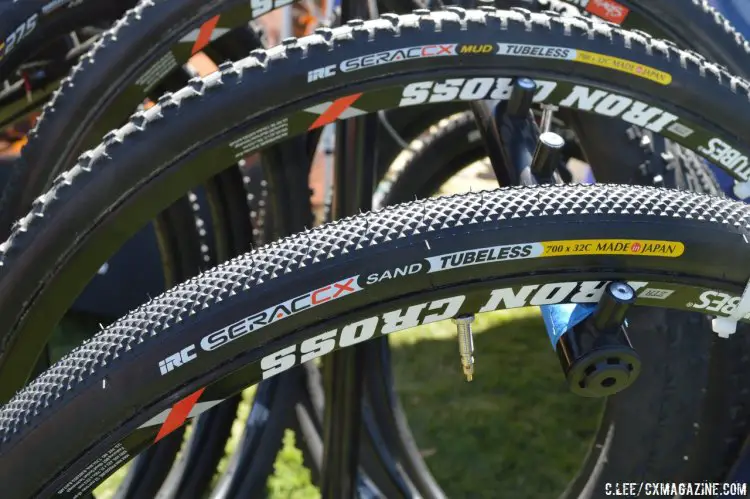
IRC’s tubeless tires are excellent in terms of burp resistance, but they run very narrow. The company cited UCI rules for their narrow width. © Cyclocross Magazine
There were already plenty of tire options (and rim widths) for that ultra-rare UCI-racing clincher customer to meet the restrictions, but forcing the rest of us to meet such limits wasn’t logical or profitable. (We don’t pretend to know the tire width rules of non-UCI races in every country, but the U.S. is the biggest cyclocross market by far, and we’ve never heard of tire width restrictions in at non-UCI races in any other country. Update: Denmark has a non-UCI tire width rule.)
Also, because clincher rim widths have a dramatic impact on tire width (tubular rim widths have a much smaller impact), tire companies tended to be very conservative in their tire widths out of fear of the UCI rule.
Since the 33mm UCI rule was implemented, I’ve personally asked every tire company I’ve ever talked to why they only offer narrow cyclocross clinchers. Every single time, the UCI tire width restrictions were cited. I then shared a toned-down rant on how retail-paying clincher customers don’t race UCI races. Company representatives took a little time to process this thought, and then nodded their head as they start to understand my logic. I belabored the point by also emphasizing that clincher customers would appreciate the better compliance and flat resistance of higher volume tires (unless it’s really muddy, but that’s another topic). More pensive thought and then delayed nods ensued.
There Are Millimeters at the End of this Tunnel
Six years later, there’s finally a bit of momentum that shows that tire companies are starting to understand the 33mm UCI rule shouldn’t impact their clinchers. Cyclocross Magazine can’t take all the credit for this progress, but our repeated beating of this drum has certainly helped.
Ritchey arguably kicked off this return-to-bigger-than-33mm movement, releasing the true-width Shield 35c tire that we spied at Sea Otter 2012. WTB followed with the 35c Cross Boss and has since released the 37c Riddler. Not to be outdone, Ritchey just re-released the 38c Mount Cross (as the Megabite) that came close to 38mm on a modern rim. Lastly, a Panaracer 35c Regacross tubeless tire, seen below, just arrived at our sealant-covered hands and looks to be appropriately sized. (It’s worth noting that Continental labels many of its tires as 35c, but they are quite undersized).
It’s also worth noting that bigger gravel tires, and the increased tire clearance seen on many gravel bikes, has also helped the movement towards bigger tires.
“Modern” Rims Help, and Justify Updating the Rule
The other way to intentionally or unintentionally add volume, as our reader Bill found, is to pair modern 33mm tires with modern rims. The new Clement BOS 33c mud clincher, when paired with really wide 23.5mm internal width rims, measures over 34mm at 30 psi. Talk to tire and wheel companies, and you’ll get conflicting information on how wide is too wide for a 33mm cyclocross tire, but we’ve had success running 33mm tires on American Classic’s 29mm internal width Wide Lightning rim. The rim will blow out any 33mm tire past 36mm, and the extra volume is appreciated in many situations (although the tread gets squared off).
While us non-UCI racers finally have some good tire and rim options, the UCI should consider updating the rule. At the bare minimum, if lowering the barrier to entry is still a goal, it should raise the maximum width for tubeless and inner tube clincher racers. You could also make a good argument that because “standard” tire sizes in road and mountain biking have grown substantially, cyclocross should be allowed to progress and do the same. Fears that the UCI doing so would turn cyclocross into mountain biking don’t recognize the fact that cross country mountain biking has instead evolved to be much more like cyclocross, and as we saw in Deer Valley, race promoters have a lot of responsibility to creating courses that favor a certain bike, rider, or tire width.
Thankfully, Bill along with most other cyclocross racers don’t have to worry about maximum widths anyway, and can stock up on the fat rubber and rims. I’ll be doing the same, and don’t be surprised to see me racing 40c tubeless tires for our early season’s bumpy, hardpacked races.
See other (much shorter) Wednesday Wondering pieces here. Have a Wednesday Wondering of your own? Fill out the form below and maybe we’ll answer your question online or in a future print issue.













